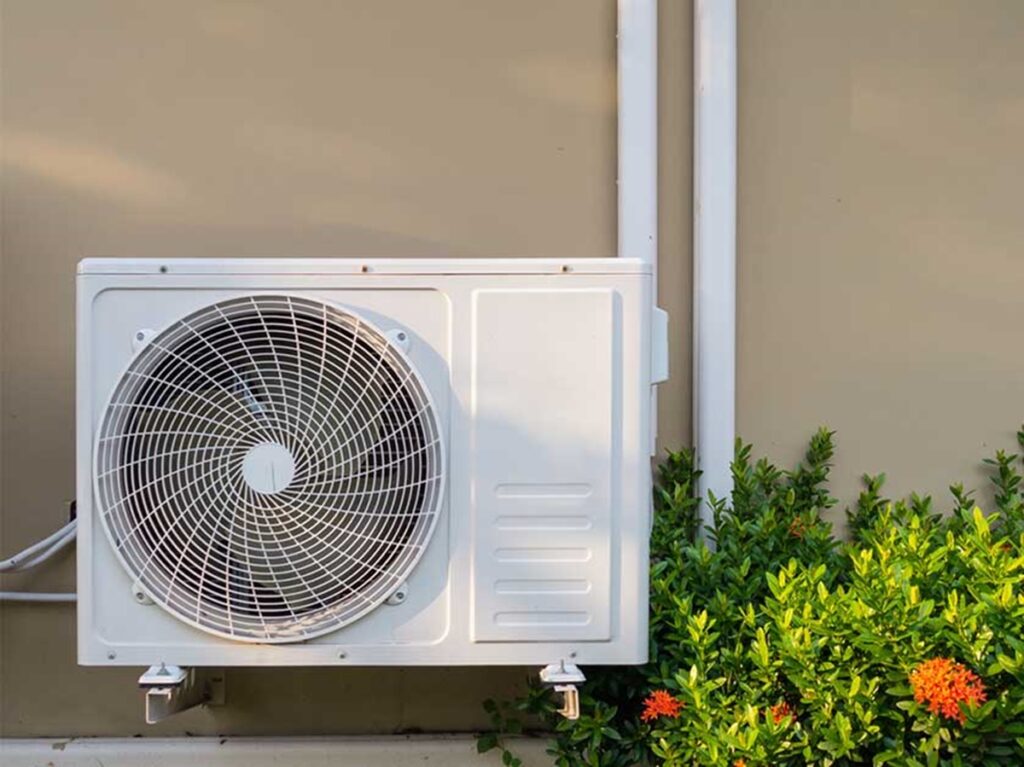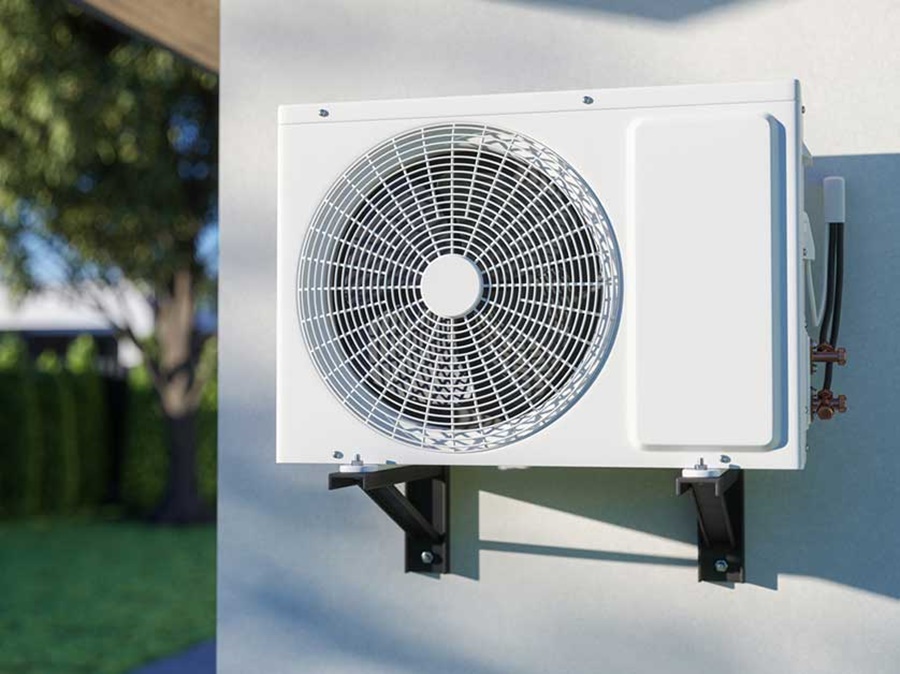Understanding what kind of HVAC (Heating, Ventilation, and Air Conditioning) system you have is essential for both homeowners and business owners alike. The HVAC system is responsible for regulating the temperature, air quality, and comfort within a building, making it crucial to identify the type of system in place. Whether you’re dealing with maintenance, repair, or simply looking to upgrade, knowing the exact type of HVAC system can save you time and money. In this guide, we will explain the different types of HVAC systems, how to identify yours, and why this knowledge is important.

Understanding the Basics of HVAC Systems
An HVAC system combines heating, cooling, and ventilation functions to control the air quality and temperature inside a building. Each HVAC system is designed to address specific needs based on the size of the space, energy efficiency, and climate conditions. The first step in determining what type of HVAC system you have is understanding the basic components that make up these systems.
What Are the Main Components of HVAC Systems?
1. Heating Units: These are responsible for warming the air in colder months. Heating can be achieved through various methods, such as furnaces, boilers, or heat pumps.
2. Cooling Units: Cooling is generally provided by air conditioners, which remove heat from indoor air and expel it outside.
3. Ventilation Units: Ventilation ensures the flow of fresh air while removing stale air from a building. This can be achieved through exhaust fans, ducts, or ventilation systems integrated into the HVAC system.
The Four Main Types of HVAC Systems
There are four primary types of HVAC systems commonly used in homes and commercial buildings. Each system offers a unique combination of heating, cooling, and ventilation methods suited to different needs.
1. Split Systems
A split HVAC system is one of the most common configurations found in residential homes. As the name implies, this system splits the heating and cooling functions between two main units.
Heating Unit: Usually, a furnace or heat pump located inside the building.
Cooling Unit: An air conditioning unit placed outside the building.
Split systems are known for their efficiency, easy installation, and ability to provide both heating and cooling. The most significant advantage of this system is its simplicity and effectiveness for smaller to medium-sized spaces.
2. Hybrid Systems
A hybrid HVAC system is an advanced version of the split system. It uses a combination of a heat pump and a furnace to achieve both heating and cooling. The system can automatically switch between electricity and gas depending on the outside temperature, making it more energy-efficient.
Energy Efficiency: Hybrid systems provide better energy efficiency, particularly in areas with fluctuating weather.
Heating and Cooling: It combines the functionality of both heat pumps for cooling and gas furnaces for efficient heating.
This type of system is often chosen for its ability to reduce energy consumption while maintaining comfort in all seasons.
3. Ductless Systems (Mini-Splits)
For homes or spaces that do not have ducts or have limited space, ductless HVAC systems, also known as mini-splits, offer an efficient alternative. A ductless system consists of an outdoor unit and one or more indoor units.
Zoning Capabilities: Each indoor unit controls the temperature in a specific room or zone, offering personalized comfort and energy savings.
Installation Flexibility: Ideal for buildings without existing ductwork or those in need of supplemental cooling or heating.
Mini-split systems are especially popular for retrofitting older homes, additions, and homes without central air.
4. Packaged Systems
A packaged HVAC system is a compact system that integrates heating, cooling, and ventilation into one unit, typically placed outside the building. This system is ideal for buildings with limited space or those that need a single, self-contained unit for convenience and efficiency.
All-in-One Unit: The air handler, condenser, and furnace are all housed together.
Space Efficiency: Because all components are in a single unit, packaged systems are ideal for smaller buildings or homes where indoor space is limited.
This system is often found in commercial buildings but can be used in residential applications where space is at a premium.
How to Identify the Type of HVAC System You Have
Identifying your HVAC system can be a simple process if you follow these steps:
1. Check the Thermostat
The thermostat is often the most visible and accessible part of the HVAC system. If you have a traditional thermostat, it may indicate the type of HVAC system you have. Some thermostats are designed for specific systems like heat pumps, while others work with gas furnaces or split systems.
Heat Pump Thermostats: Often have a special “emergency heat” setting.
Standard Thermostats: Generally operate with gas or electric furnaces.
2. Examine the Furnace or Air Handler
If you have a furnace or air handler, check the nameplate for information about the manufacturer, model number, and type of fuel used. This will give you a clear indication of whether you have a gas, electric, or oil furnace.
Gas Furnace: Typically uses natural gas or propane and will have a flue venting system.Electric Furnace: Uses electricity as its energy source and will not have a venting system.
Oil Furnace: Requires oil for fuel, and may have a storage tank.
3. Inspect the Outdoor Unit
The outdoor unit of your HVAC system is where you can identify whether you have a heat pump or an air conditioner.
Heat Pumps: A heat pump will look similar to an air conditioner but will have a reversing valve, allowing it to heat and cool.
Air Conditioners: The outdoor unit of an air conditioner will not have a reversing valve and is dedicated solely to cooling.
4. Check for Ductwork
If your home or building has extensive ductwork, it is likely that you have a split system or a packaged unit. However, if there are no ducts, then you may have a ductless mini-split system.
5. Ask a Professional
If you’re still unsure about the type of system you have, it’s always best to consult a certified HVAC technician. A professional can quickly diagnose your system and provide recommendations for maintenance, repairs, or upgrades.
Why Is It Important to Know Your HVAC System Type?
Knowing the type of HVAC system you have is essential for several reasons:
Maintenance and Repairs: Different systems require different types of maintenance. For example, heat pumps may need to be serviced differently than gas furnaces. Understanding your system ensures that you follow the correct maintenance schedule and avoid unnecessary breakdowns.
Efficiency: Certain HVAC systems are more energy-efficient than others. Knowing your system type allows you to explore energy-saving options, such as upgrading to a more efficient model or utilizing zoning features in mini-split systems.
Upgrades and Replacements: As your system ages, you may need to replace or upgrade it. Knowing what you currently have will help you choose the right replacement system, ensuring compatibility with your building and climate.
Conclusion
Identifying the type of HVAC system you have is crucial for maintaining comfort, reducing energy costs, and ensuring that your system operates efficiently. Whether you have a split system, hybrid, ductless mini-split, or packaged system, understanding the specifics of your HVAC setup can help you make informed decisions regarding repairs, upgrades, and maintenance. Regular inspections by a professional HVAC technician are always recommended to keep your system running smoothly for years to come.
